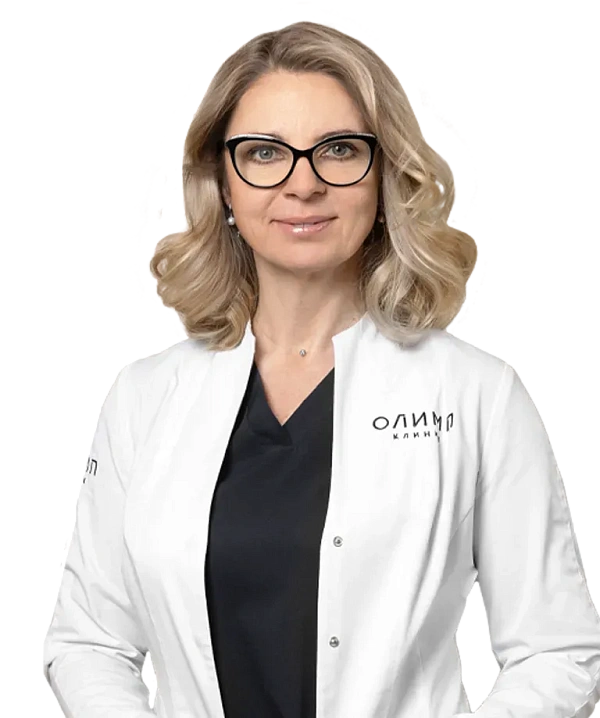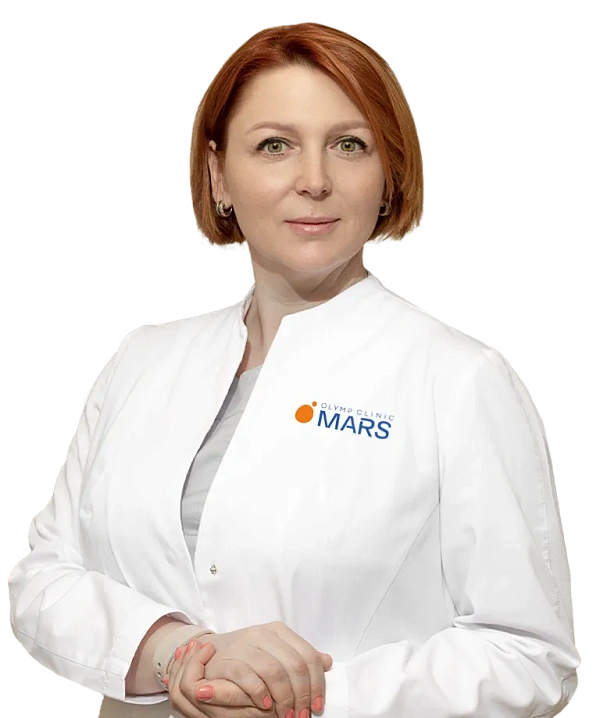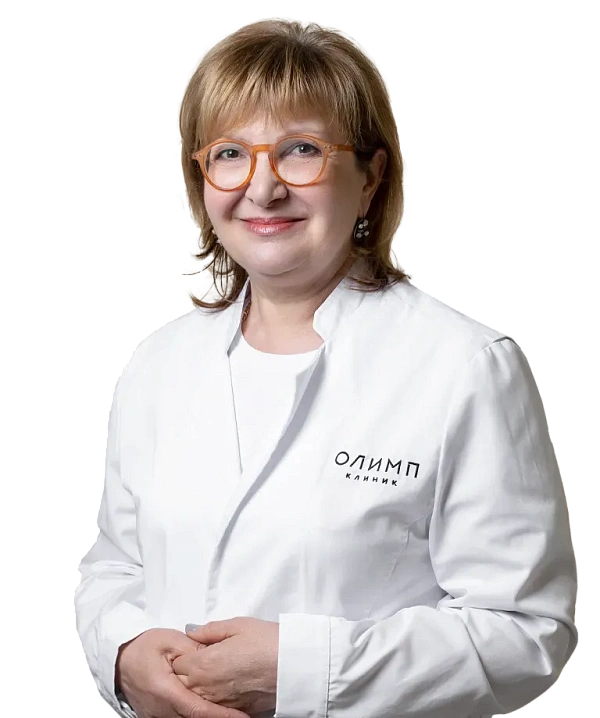Consultation of a gynecologist
Медицинское обследование, направленное на диагностику, лечение и профилактику заболеваний женской репродуктивной системы.

Гинекологические консультации важны для своевременного выявления и лечения инфекций, воспалительных процессов, доброкачественных и злокачественных новообразований, а также нарушений менструального цикла и проблем с фертильностью.
Before consulting a gynecologist, it is recommended to collect the results of previous studies and tests, prepare a list of medications and supplements, record the symptoms with their duration, and mark the date of the last menstruation. It is also important to inform the doctor about chronic diseases and allergies.
During the consultation, the doctor collects an anamnesis, clarifies the patient's complaints and symptoms. Then he performs an examination on a gynecological chair to assess the condition of the vagina and cervix. The doctor can take a smear for cytological examination (PAP test), a smear for human papillomavirus, swabs to assess the state of the vaginal microflora, and also perform an ultrasound examination of the pelvic organs. If necessary, additional blood and urine tests are prescribed. At the end of the consultation, the doctor discusses the results of the examination, makes recommendations and, if necessary, prescribes treatment.
The gynecologist uses instruments for examination, an ultrasound machine for examining the pelvic organs and a colposcope for a detailed examination of the cervix. The examination is performed on a gynecological chair.
If tests have been taken, wait for their results and, if necessary, make an appointment again to discuss further steps. Regular visits to the gynecologist will help maintain health and detect any changes in a timely manner.
Benefits
Accurate diagnosis
Consultation with a gynecologist allows you to identify the causes of gynecological symptoms and make an accurate diagnosis.
Individual approach
The doctor develops a treatment and prevention plan, taking into account the patient's health characteristics.
Highly qualified specialists
Consultations are conducted by experienced gynecologists who have helped hundreds of patients.
Modern methods
The doctor uses the latest diagnostic and treatment methods to ensure the best results.
In what cases is it necessary to see a doctor?
Pain in the lower abdomen
Regular or sudden pain in the lower abdomen
Menstrual disorders
Irregular, excessive, or painful menstruation
Unusual discharge
Assessment of the general state of health during pregnancy planning
Pain during sexual intercourse
Discomfort can be a sign of infections, hormonal disorders, or physiological problems.
Preparation for consultation
Before consulting a gynecologist, it is recommended to collect the results of previous studies and tests, prepare a list of medications and supplements, record the symptoms with their duration, and mark the date of the last menstruation. It is also important to inform the doctor about chronic diseases and allergies.

Consultation
During the consultation, the doctor collects an anamnesis, clarifies the patient's complaints and symptoms. Then he performs an examination on a gynecological chair to assess the condition of the vagina and cervix. The doctor can take a smear for cytological examination (PAP test), a smear for human papillomavirus, swabs to assess the state of the vaginal microflora, and also perform an ultrasound examination of the pelvic organs. If necessary, additional blood and urine tests are prescribed. At the end of the consultation, the doctor discusses the results of the examination, makes recommendations and, if necessary, prescribes treatment.
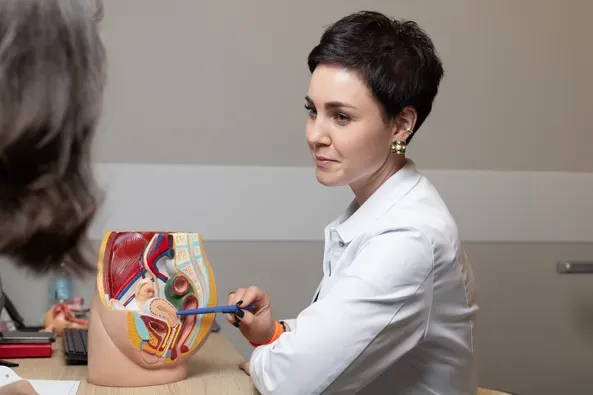
Recommendations
If tests have been taken, wait for their results and, if necessary, make an appointment again to discuss further steps. Regular visits to the gynecologist will help maintain health and detect any changes in a timely manner.
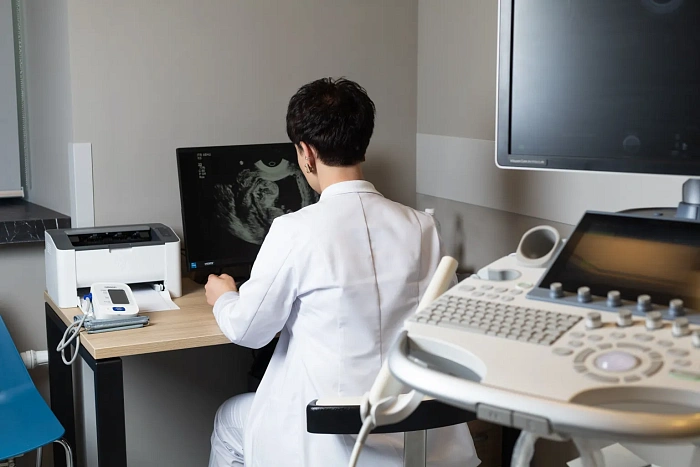
Frequently Asked Questions
When do I need to see a pediatric gynecologist?
Doctor: Chekeneva Natalya Alexandrovna
Is it true that girls can have adenomyosis and endometriosis?
Doctor: Chekeneva Natalya Alexandrovna
Didn't find an answer to your question?
You can describe your problem in detail and ask a question to the doctor. He will answer you and help you find a solution
Specialists
Find a SpecialistAn obstetrician-gynecologist, a doctor of ultrasound diagnostics.
Doctor of the highest category, surgical obstetrician-gynaecologist specialising in anti-age and bioregenerative medicine, oncologist
Candidate of Medical Sciences. Gynecologist-obstetrician. Head of the gynecology department.
Obstetrician-gynecologist, gynecologist-endocrinologist, ultrasound diagnostics doctor.
Gynecologist-obstetrician, Gynecologist-endocrinologist, Pediatric Gynecologist, Ultrasound specialist.
Indications and contraindications
Indications
Planned gynecological examination
scheduled inspection at least once every 6-8 months
Violation of the menstrual cycle
Changing the functioning of the organs of the reproductive system
Change of external genitalia
Changing structure, coarsening and skin deformation
Pain and discomfort in the intimate area
the occurrence of unpleasant sensations that are accompanied by itching, burning and smell
Problems with urination
the appearance of constant urination
Gynecological diseases
pain, discomfort in the genitals
Expected effect
Treatment of existing conditions
Effective treatment of detected gynecological problems.
Maintaining reproductive health
Measures to improve the general condition of the reproductive system.
Early diagnosis
Detection and prevention of diseases at an early stage.
Prevention
Recommendations for the prevention of women's health problems.
Similar referral activities
Removal of tumors in the intimate area
A procedure aimed at eliminating benign growths such as papillomas, warts, cysts and genital warts.
Reproductive surgery
Surgical treatment and simultaneous accurate diagnosis of female infertility factors: adhesions, endometriosis, congenital malformations of the genital organs, obstruction of the fallopian tubes, intrauterine pathology (septum and synechia), polycystic ovary syndrome.
Colposcopy procedure
A procedure in which a doctor can use a colposcope to examine the vagina, cervix and vulva, examine the mucous membrane in detail and identify abnormal changes that may be a sign of diseases.
Cervical plastic surgery
Cervical plastic surgery (tracheloplasty) is a surgical restoration of the anatomical structure and function of the cervix, which helps to maintain the health of the reproductive system.
Treatment of vulvar diseases
Vulvar diseases, including chronic fissures, sclerotrophic lichen and other dermatological conditions. We offer modern and effective treatment methods aimed at reducing symptoms and restoring the normal condition of the vulva skin.
Correction of menopause problems
The onset of menopause is often accompanied by a number of physical and mental manifestations unpleasant for a woman. The gynecologist will choose therapy, which can relieve or completely eliminate the symptoms.
News & Media
All news and mediaThe III All-Russian Progress Conference "Aesthetic Gynecology and Perineology: balance of beauty and functionality" was held in Moscow
The event lasted from 24 to 26 May, and the theme was Aesthetic gynecology and perineology: the balance of beauty and functionality.
What to do with urinary incontinence after childbirth?
Find answers to your questions and feel more confident.
What is important for every woman to know about the cervix?
Everything you need to know about the cervix is now collected in one article on the website of the "Daughter-mother".
Why should your mother visit a gynecologist?
We all understand why girls should visit a gynecologist. This specialist will help solve various problems related to women's health — from pregnancy management to the prevention of sexually transmitted diseases. However, over time, when women get out of reproductive age, they begin to contact a gynecologist less and less often, mistakenly believing that they no longer need his help. But a gynecologist is not only about reproductive health, he can help in solving many other issues related to the female body. So what questions can your mother ask a gynecologist about?
How to strengthen the pelvic floor muscles?
Intimate problems are often hushed up, it is awkward to talk about them even with a doctor. However, if the issue concerns the health of the pelvic floor, it is better not to waste time and immediately consult a doctor. After all, problems with this area can lead to very unpleasant consequences.
Uterine bleeding — is it worth sounding the alarm?
Abnormal uterine bleeding is when the bleeding goes beyond the normal menstrual cycle. The discharge may be more abundant or last longer. The "normal" menstrual cycle is different for everyone. But menstruation shouldn't be a problem for you.: a serious condition that prevents you from engaging in any activity, forces you to skip work or study. In the article we will tell you how to distinguish abnormal uterine bleeding.
Stress-free menopause: how hormone therapy helps women
With age, women experience a natural decrease in reproductive function, known as menopause. This process takes a long time and is accompanied by changes in the physical and emotional state, hormonal restructuring and complete cessation of menstruation. On average, menopause (the so-called last menstruation in a woman's life) occurs at the age of 45-55 years, but its precursors may appear earlier, and the process of "restructuring" the body can last for several years. A decrease in the level of female sex hormones leads to unpleasant symptoms that not only worsen the quality of life, but can also contribute to the development of serious diseases. Although menopause is not a disease and does not require treatment, there are methods to improve well-being and prevent complications. One of these methods is menopausal hormone therapy (MGT). The decision on the need and time of MGT is made by a gynecologist. To understand whether such therapy is necessary for all women, it is important to understand the nature and characteristics of menopause.
How to reach
How to get
From the Belorusskaya metro station of the Zamoskvoretskaya line - exit 4 After exiting the subway, walk through the pedestrian tunnel and climb the stairs. Move towards the railway tracks, go down the stairs immediately after them and walk along the house, then turn right onto 1st Yamskoye Pole Street. At the turn to 3rd Yamsky Pole Street, cross the road at the pedestrian crossing and continue along 1st Yamsky Field Street, after a few buildings on the left you will see Olympus Clinic MARS.
Travel time
9 minutes
Landmark
Olympus Clinic MARS sign
How to get
From the Belorusskaya metro station of the Ring line - exit 2. After exiting the subway, turn left and walk to the pedestrian crossing. Cross the road through two pedestrian crossings and move along the Tverskoy overpass. Go down the stairs immediately after the railway tracks, walk along the house, then turn right onto 1st Yamskoye Pole Street. At the turn to 3rd Yamsky Pole Street, cross the road at the pedestrian crossing and continue along 1st Yamsky Field Street, after a few buildings on the left you will see Olympus Clinic MARS
Travel time
11 minutes
Landmark
Olympus Clinic MARS sign
From the metro station "Tsvetnoy Bulvar"
1 exit to the city, then left to the Garden Ring, at the crossing to the right, crossing the boulevard, one more crossing and at the traffic light to the left. The Olymp Clinic building is located overlooking the Garden Ring to the right of the crossing. Travel time is approximately 9 minutes. Landmark - sign Olymp Clini
From the metro station "Sukharevskaya"
Exit 3 from the metro and 640 meters straight ahead, the clinic will be on the right. Landmark - sign Olymp Clinic
Parking lot map
Exit 3 from the metro and 640 meters straight ahead, the clinic will be on the right. Landmark - sign Olymp Clinic
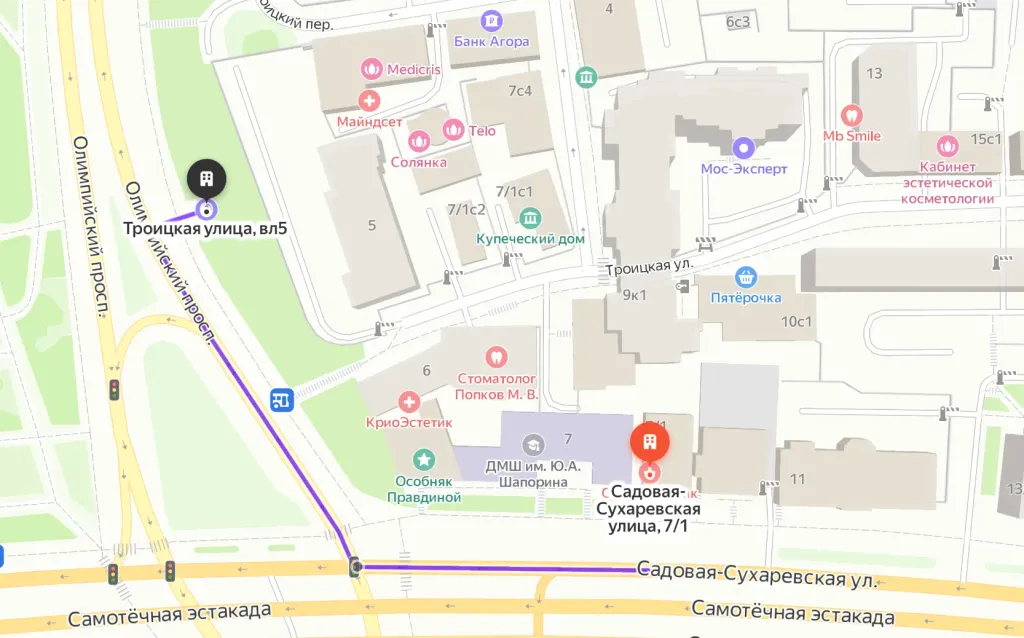
From Sokol metro station
The last car from the center: follow the signs for Exit 5. From the glass doors to the right and go to the end of the passage. Exit to the city by the steps to the left. After exiting the crossing to the street, go straight along Leningradsky Prospekt to the intersection with Chapaevsky Lane. Next, turn right (onto Chapaevsky Lane) and walk to the Triumph Palace residential complex. Entrance to the territory: through checkpoint No. 1, opposite the Vkusville store, you will need to present your passport. After passing through the checkpoint, go up the stairs to the fountain, opposite it you will see our clinic.
Travel time
10-12 minutes
From the Airport metro station
The first car from the center: follow the Exit 2-3 signs. Turn left out of the glass doors and walk to the end of the passage. After exiting the crossing to the street, go straight along Leningradsky Prospekt to the intersection with Chapaevsky Lane. Next, turn left (onto Chapaevsky Lane) and walk to the Triumph Palace residential complex. Entrance to the territory: through checkpoint No. 1, opposite the Vkusville store, you will need to present your passport. After passing through the checkpoint, go up the stairs to the fountain, opposite it you will see our clinic.
Travel time
12-15 minutes
How to get
Entry to the territory is prohibited, but there are free city parking lots around the Triumph Palace residential complex, where you can easily find a place for your car. Free parking area:


